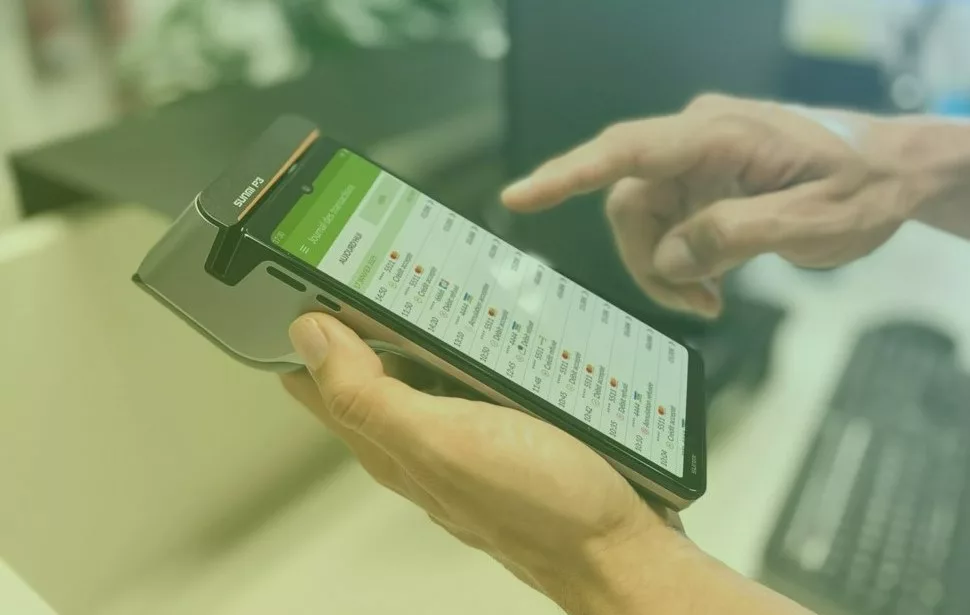Just a few months ago, we closed one of the most difficult years for this sector. Turning the calendar page means looking back and wondering what is to come. And in these times, we cannot turn a blind eye to the health crisis and lockdown, which has accelerated consumer habits. Are we moving towards a much more digitised and innovative sector?
At PayXpert, we are convinced that some changes will remain over time. We will unveil them in this post!
Retail sector: that leading player
The retail sector is essential to a country’s economy. It is responsible for providing goods and services to the final consumer. And as such, it encompasses all those companies that offer a wide variety of products and services. Think of a supermarket, a bakery or a bookstore in your city centre. They are examples of the retail sector.
Are they clear to you? What do they have in common? Quite simply, features as similar as these:
- Marketing of products and services to the end consumer.
- An establishment for distribution.
- It has physical premises, although it is increasingly common to integrate the online store.
- It does not consider production as part of the cost structure, but the price is set by the difference between the cost in the wholesale sector and the cost of sale in the retail sector.
Its main difference with the wholesale sector is that it is responsible for supplying the retail sector with the merchandise. They are not opposites but complementary.
Opportunities can arise where you least expect them!
Now it’s time! 8 eCommerce trends in the retail sector
It’s March. We have completed the first quarter of the year, and we still have a lot to learn about eCommerce. Without going any further, the trends for the retail sector are:
- Increased sales in eCommerce. According to Statista, “the turnover that moves eCommerce worldwide accounts for 14.1%”, which is significantly increasing over the last five years. If we compare these figures with offline sales, they may seem irrelevant, but the truth is that eCommerce in the retail sector is experiencing great growth.
- The changing role of the physical store. Despite the boost of eCommerce, the physical store remains in society and continues to be an essential point of sale for businesses. However, there is a major evolution towards streamlined processes in physical stores.
- Unified Commerce. Why is it key to retail strategy? Many businesses are already boosting their sales through unified commerce. In other words, the possibility of providing a modern, fluid shopping experience adapted to the demands of today’s consumers. Unified commerce focuses on the channel, the payment option selected by the customer, and the means so that any business whose strategy does not move in this direction will lose competitiveness and loyalty capacity.
- Contextual commerce. It is increasingly common to talk about this type of business. It consists of generating frictionless and tailor-made shopping experiences to attract customers. As a result, retailers have the opportunity to find their potential customers, reach them on their favourite channel, and guide them to purchase. Better still, the chances of cart abandonment are reduced.
- Integrating technology as part of the shopping process. Technology will be key to sensory experiences. Purchases will be based on behavioural and emotional actions through stimuli aimed at our senses (sight, hearing, smell, taste, and touch). To this end, the retail sector is starting to implement virtual reality to try on complements, 3D simulators, etc. It encourages sales!
- Increase in contactless payments. Not only because of the pandemic but also because users are becoming aware of its ease of use, convenience and security. So much so that the use of contactless payment technology has soared in the last year. In fact, it is the preferred method for more than half of the British population. It is fast, secure, and functional.
- Value of the physical store. Despite the digital transformation that society is undergoing, physical stores still have much value for consumers. According to ServiceChannel’s State of Brick & Mortar Retail Report, “86% of customers make more than half of their purchases offline, and more than half of customers will never set foot in a store again after a bad experience.”
- Power of audiovisual content. The video format is trending in the retail sector as it has become consumers’ favourite format. It’s engaging and original. The industry is using it, above all, to gain online visibility, so it is exploiting the potential of social networks and joining platforms such as TikTok or Instagram. In other words, places where video has become a hallmark.
The transformation of the sector is irreversible. If you want to attract customers, meet their expectations, and stay ahead of the market, you must keep these eCommerce trends in mind. The retail sector is undergoing a profound transformation driven by digitalisation and changing consumer habits.
“Digitalisation is not an option; it is a reality for all organizations that want to ensure their future viability” – Vicente Fajardo
Conclusions on the retail sector in 2021
2021 will be the year when all those habits and new behaviours that people have acquired in previous years will settle down. And especially in the wake of the Covid-19 pandemic. But is the retail sector ready to face these trends? Where do retailers stand?
Follow us every week on our blog, and don’t miss out on the next trends in eCommerce.




